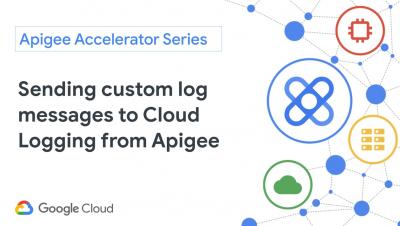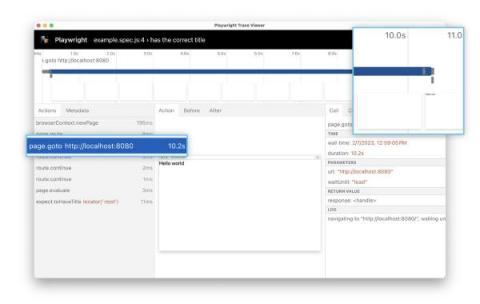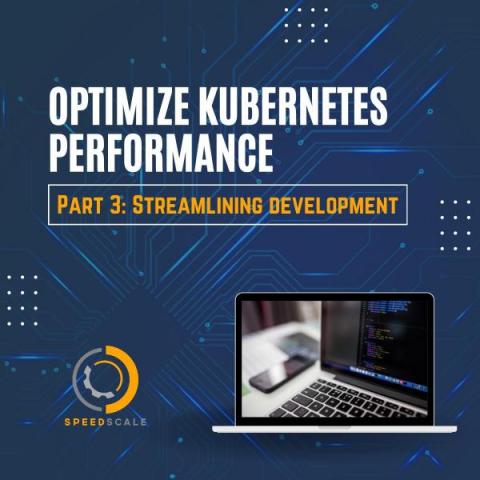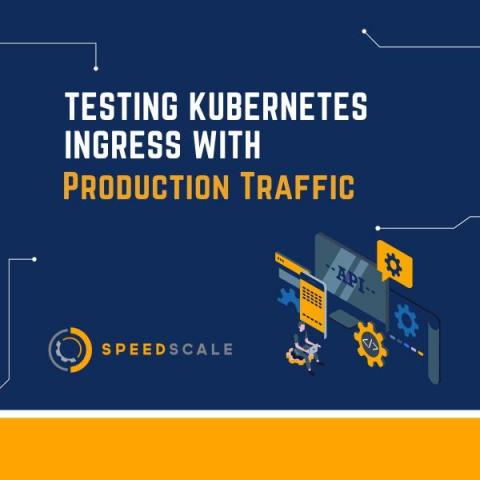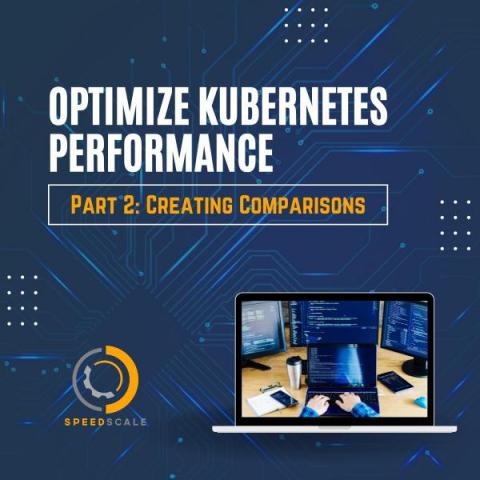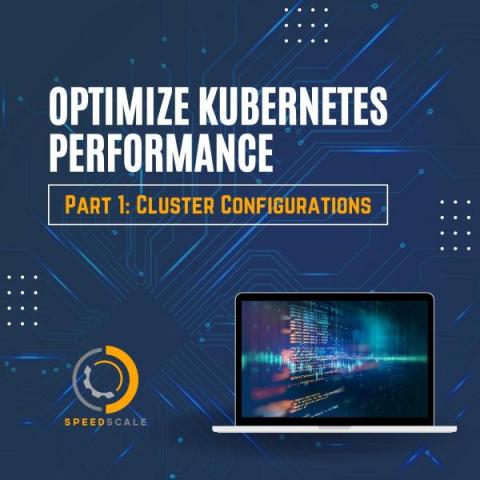Operations | Monitoring | ITSM | DevOps | Cloud
API
The latest News and Information on API Development, Management, Monitoring, and related technologies.
Using Playwright to Monitor Third-Party Resources That Could Impact User Experience
Today’s web consists of lots of 3rd party resources. Let it be your fonts, transformed and optimized media assets, or analytics and ad scripts, many sites out there include resources that they don’t own. Your website probably has a lot of those dependencies, too! And while implementing third-party resources has downsides for performance and you should self-host your assets when possible, sometimes relying on external files is unavoidable.
Optimize Kubernetes Performance Part 3: Streamlining Development
What Is GraphQL? A Simplified Overview of Use and Benefits
The new Era of Monitoring as Code
Testing Kubernetes Ingress with Production Traffic
Testing Kubernetes Ingress resources can be tricky, and can lead to frustration when bugs pop up in production that weren't caught during testing. This can happen for a variety of reasons, but with Ingress specifically, it often has to do with a misalignment between the data used in testing and the traffic generated in production. Tools like Postman can be a great way of generating traffic, but they have the drawback of being manually created. Not only is this unlikely to create all the needed variations for a single endpoint (different headers, different request bodies, etc.), it would be almost impossible to create all the needed variations, for all possible endpoints.
How Kizen Reduced Production Challenges While Saving 20% in Engineering Hours With Synthetic Monitoring
Using Checkly’s Playwright Test and GitHub sync integration helped Kizen optimize testing and monitoring workflows Kizen is a no-code, enterprise-grade Predictive Innovation Engine that enables sales, marketing, and operations teams to save time and drive higher revenues and profitability. Their product portfolio includes a flexible customer relationship manager (ƒCRM), operations cloud, automation engine, and a predictive data platform.
Optimize Kubernetes Performance Part 2: Creating Comparisons
Optimize Kubernetes Performance Part 1: Cluster Configurations
Running API and Browser Checks Using Terraform, AWS, and Checkly Private Locations
When adding new Checks in Checkly a number of locations are available to check your endpoints from multiple locations around the world. For most use cases this is more than enough to ensure your resources are online. However, these locations are outside of your network and are unable to check on resources deployed more securely inside your private network.


